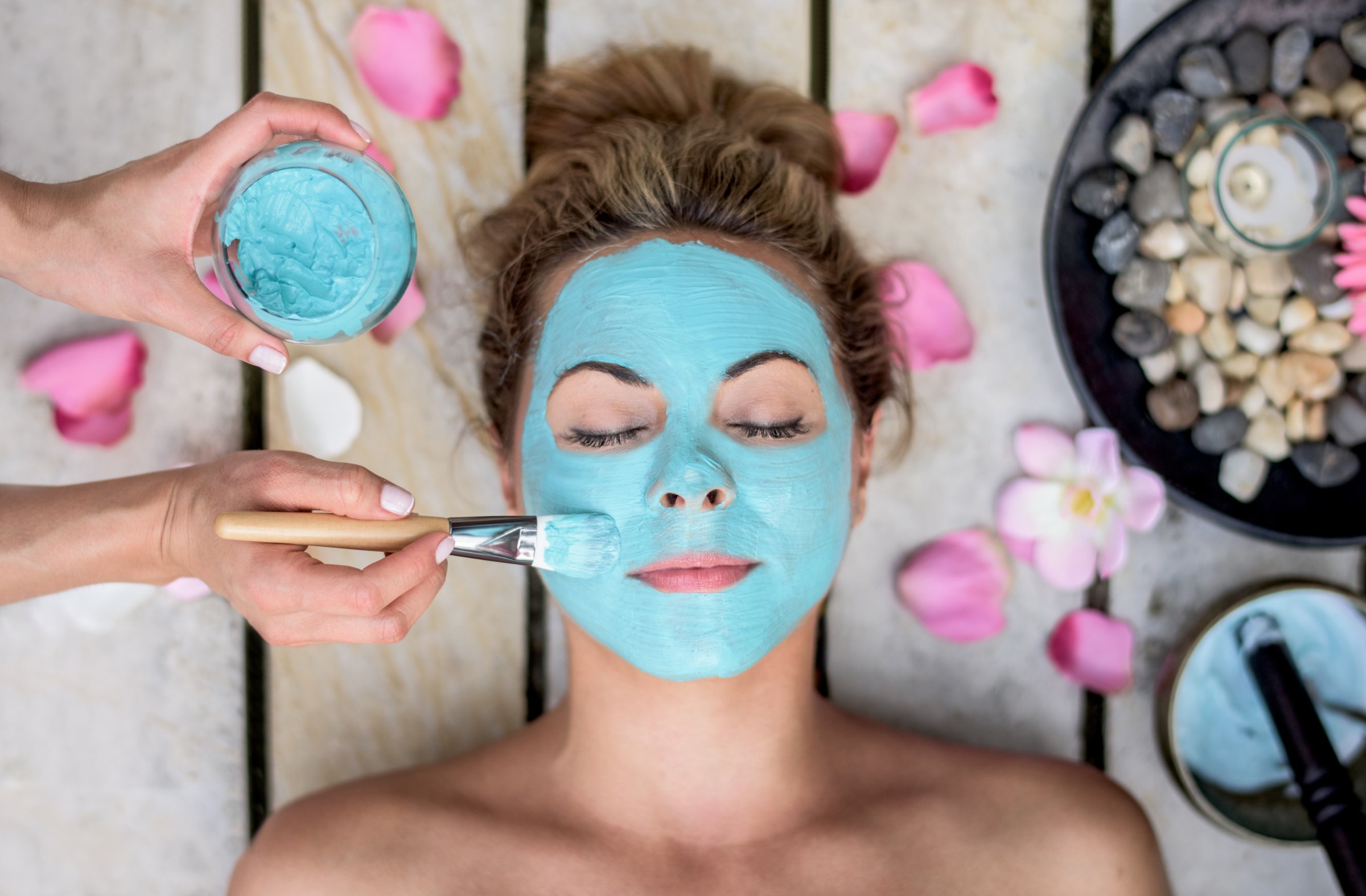
The Shills Acne Purifying Peel-Off Black Mask is the internet’s latest beauty obsession. On YouTube and Instagram, you’ll find plenty of videos documenting the super-intense masking process. Unlike other masks that simply wash or peel off without much fuss, this charcoal-based peel seriously clings to the skin—and ripping it off hurts like crazy. It’s weirdly mesmerizing to watch people pull the masks off and reveal the blackheads, dead skin, and other gunk hiding in their pores.
This video might be the funniest. It was posted on YouTube last week by YouTuber Tiff from Tee Cee Videos, and then made it to Facebook via Viral Thread. The Facebook video has already amassed 76 million views. (Warning: NSFW for swearing.)
In the clip, Tiff slowly peels off the the mask one painful millimeter at a time. “Oh God, it’s rough. It’s so rough,” she screeches repeatedly throughout the peeling process, tears streaming down her face and her friend laughing hysterically in the background.
If videos like Tiff’s are any indication, then this mask really does unclog pores. But considering all the pain and suffering involved, is it worth the hassle? And even more importantly, is it even safe? We reached out to two dermatologists to get their expert opinions on charcoal face masks like this one.
The good news: They’re safe. The bad news: using one is probably going to hurt. A lot. And it might irritate your skin, too.
“The mask ‘sticks’ to not just the blackheads, but also the skin and hair on the face,” says Melissa Piliang, MD, a dermatologist at the Cleveland Clinic. “When the mask is removed, it pulls off the outermost layer of skin and associated oils which serve as a barrier to protect the skin from the environment. This, plus pulling out the small hairs would cause significant pain—just like waxing the face.”
There are a few ways to make the peel-off process less painful. Washing your face beforehand helps to pre-exfoliate the skin, and removing hair also makes the mask removal more manageable, says Debra Jaliman, MD, a dermatologist in New York City. Both Dr. Jaliman and Dr. Piliang suggested applying the mask to only your T-zone or areas that have blackheads. The oilier skin in the center of the face may have a bit more protection from irritation, says Dr. Piliang. Dr. Jaliman advises not putting it on your entire face, especially if you have combination skin, which could be even more irritated by it.
You can expect the masks to help unclog pores and absorb environmental pollutants, oil, and dirt from the skin. Charcoal is especially good for people with acne and blackheads as it can help reduce excess oil, says Dr. Jaliman.
Still, Dr. Piliang warns that these masks, like any beauty product, can contain chemicals that can cause allergies or irritation. So be diligent about checking for ingredients that don’t work well with your skin, and be wary of buying through third-party websites, like Facebook, she says.
After you peel off the mask, Dr. Piliang recommends washing with a gentle cleanser to remove any remaining mask and then applying a soothing non-comedogenic moisturizer to protect the skin.
If you’re looking for less-ouch with your blackhead removal, Dr. Piliang suggests chemical exfoliators like alpha hydroxy acids, beta hydroxy acids, retinols, and benzoyl peroxide. They can all help loosen blackheads a little more gently.
If you need that peel-off fix though, a charcoal mask may be worth a try.
This article originally appeared on Health.com
More Must-Reads From TIME
- The 100 Most Influential People of 2024
- Coco Gauff Is Playing for Herself Now
- Scenes From Pro-Palestinian Encampments Across U.S. Universities
- 6 Compliments That Land Every Time
- If You're Dating Right Now , You're Brave: Column
- The AI That Could Heal a Divided Internet
- Fallout Is a Brilliant Model for the Future of Video Game Adaptations
- Want Weekly Recs on What to Watch, Read, and More? Sign Up for Worth Your Time
Contact us at letters@time.com